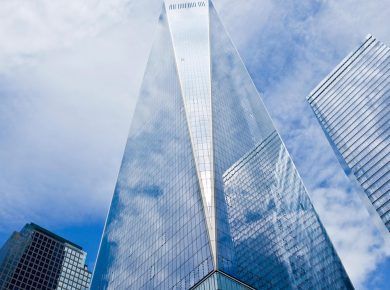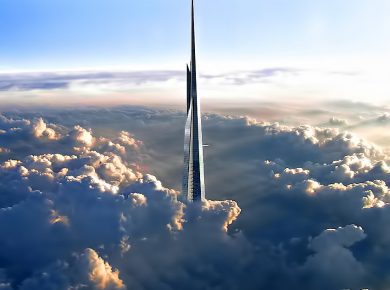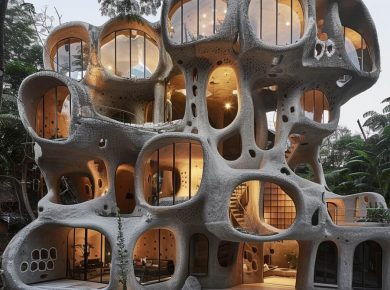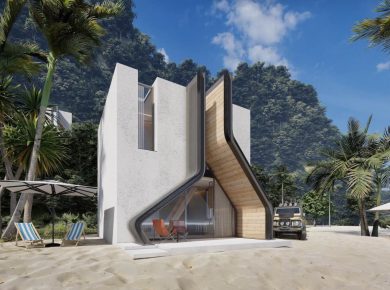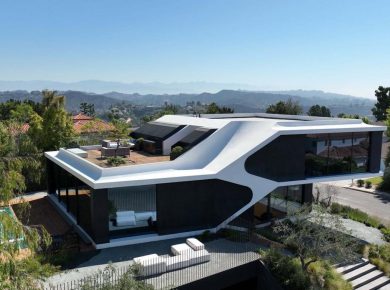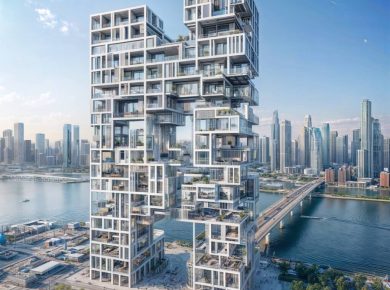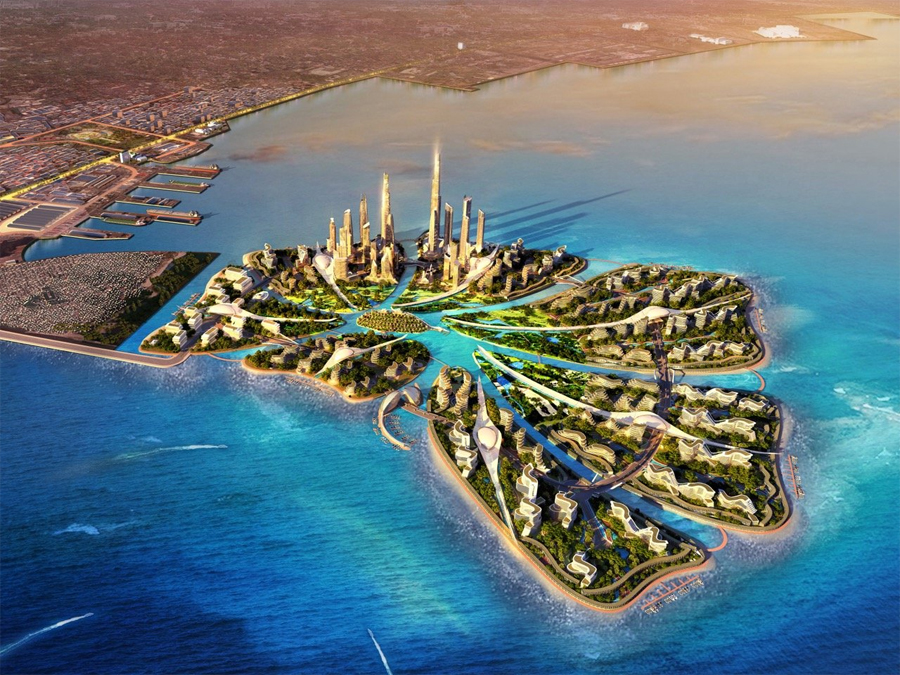
Manila has never quite figured out how to live with water. Built on a delta, the city floods like clockwork, yet keeps stretching further outward as if denial could serve as infrastructure policy. And instead of addressing its core drainage and urban planning issues, developers have decided to go bigger – literally – by building new land. Thus comes City of Pearl , an ambitious mixed-use development on reclaimed territory in Manila Bay, and a 2018 Golden A’ Design Award winner in Urban Planning and Urban Design.
The mastermind behind the project, HPA Architects Engineers and Development Consultants , clearly took inspiration from the Dubai model – luxury towers, commercial hubs, hotels, and manicured green spaces, all floating on man-made ground. It’s a vision of modern opulence, but with a surprising degree of urban sensibility. The design aims for the coveted “live-work-play” balance that so many developers talk about but few actually achieve.

Where typical mixed-use projects turn into sterile grids after dark, HPA’s plan builds in activity around the clock. The residential towers connect seamlessly with retail and office spaces, green corridors run through the development instead of being boxed into token parks, and hospitality venues are positioned to keep pedestrian energy flowing throughout the day. It’s an urban choreography designed to encourage spontaneous encounters – the lifeblood of any real city.
HPA also tackled one of Manila’s defining problems: the tyranny of the car. From the start, the plan emphasizes pedestrian mobility and public transit access , a radical departure from the city’s car-choked norms. The project’s green footprint reportedly surpasses standard local benchmarks, a nod to changing buyer expectations and the global shift toward sustainability. These choices aren’t decorative. In a metropolis where breathable space is rare, genuine greenery becomes a form of luxury.

Projects like City of Pearl now dot the coasts of Asia – from Singapore’s Marina Bay to Mumbai’s reclaimed waterfronts – but only a handful transcend spectacle to become places people actually inhabit with joy. The difference lies in how well they connect to the city around them and how gracefully they age once the hype fades. HPA’s design earned global recognition for its ambition and coherence, but Manila will ultimately judge it not by renderings or awards, but by the life it sustains once the cranes are gone.

